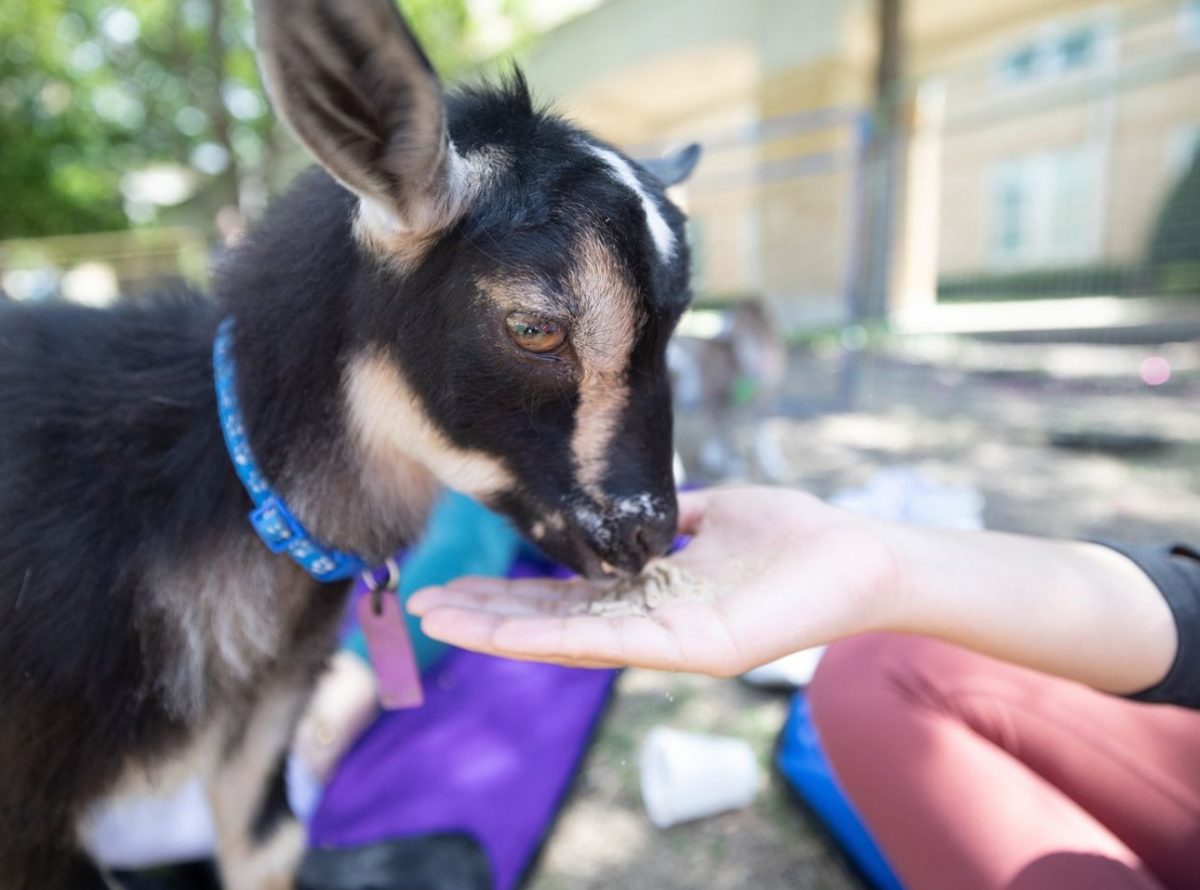The decision to brick the Brite Divinity School’s new Harrison Building in a color other than TCU yellow was simply a matter of maintaining tradition, according to the president of the Brite Divinity School.
The look of the Harrison Building, which is currently being bricked in “mission pink”, is consistent with the Brite Divinity School’s distinctive look, as well as a salute to the unique relationship between the religion school and TCU, Nowell Williams, president of Brite said.
As prospective students are often told on campus tours, the majority of TCU’s buildings are constructed with “TCU brick,” which is made from a yellow clay produced exclusively for the university.
But Brite is independent of TCU, and it opts for “mission pink.”
Williams said Brite was able to choose different colored bricks from the rest of the university in part because of that independence.
Williams said the distinction of colors occurred after World War II, when both Brite and TCU saw a jump in enrollment. It was under M.E. Sadler, the chief executive officer from 1941 through 1965, when the university decided to expand, and the religion center was among the chief projects.
The three structures, including Robert Carr Chapel were built with great influence from Sadler’s wife, who took interest after visiting the New England area and looking at the colonial churches and buildings. Williams said he wouldn’t be surprised if it was Frances Sadler who chose “mission pink.”
Williams said he thought the brick color could also be seen as symbolic of the Brite School’s independence because it came at a time when the two schools were conflicting on important social issues. In the 1950s, when many of the religion buildings were being constructed, the Brite School trustees voted to admit African-Americans to the school while TCU did not until 1964.
When the Harrison Building plans were being drawn up in the 2000s, Williams said the trustees wanted to keep with tradition and use the same pink brick color that had been used with the previous buildings. He noted that it wasn’t easy to find.
“When we decided to add another building to this complex, we thought the thing to do was to build a building that would complement what was here,” he said. “And in fact compliment it so that ten years from now, people might not be able to easily distinguish which buildings went up in the 1950s or just recently. ”
Related content:
Brick goes up on new Brite building



